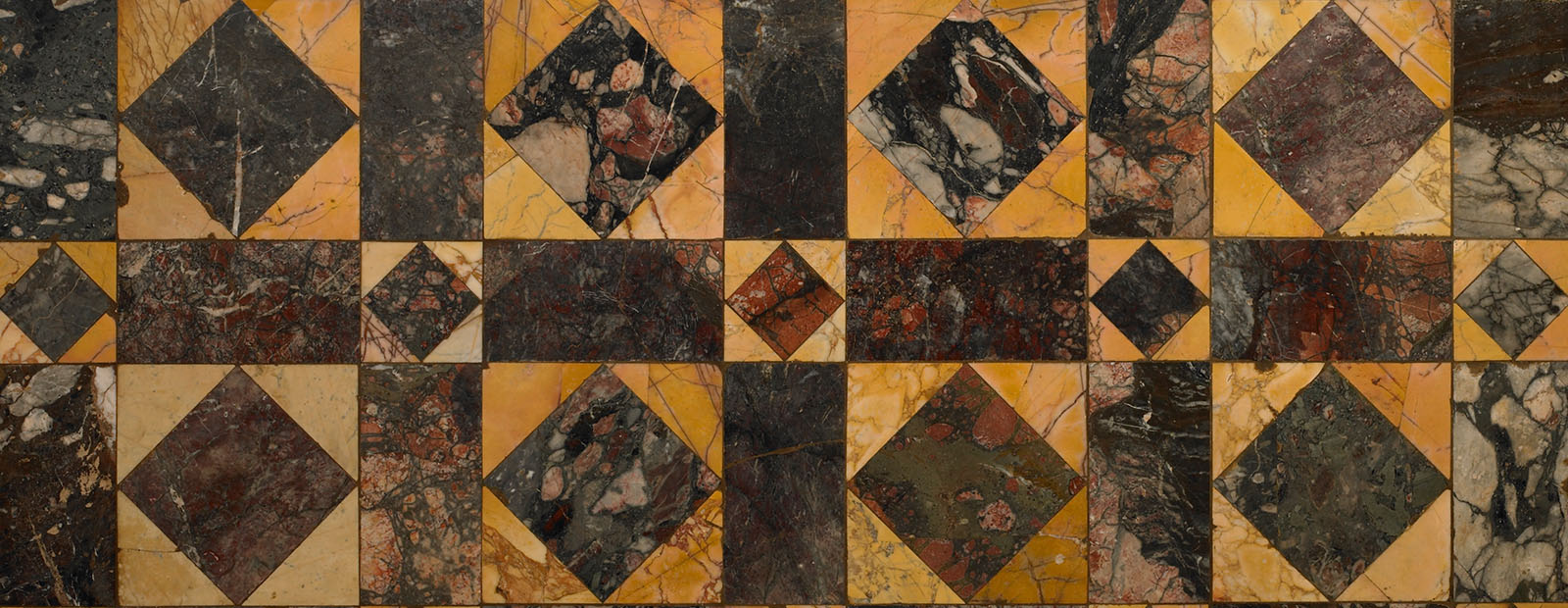When asked to imagine a Greek or Roman sculpture, many of us picture a white marble statue. This is how classical sculpture appears in most museum settings, including at the Carlos Museum, but in reality the majority of sculpture from the Greek and Roman worlds was originally brightly colored.
Clothing, skin, facial features and hair were all rendered naturalistically with paint and sometimes augmented with gold leaf, stone or glass inlays, and applied metal details. Bronze statues were also colored with inlays of different metals, burnished to dazzling effect. Now lost due to pollution, weathering, and modern cleaning, this added color served a variety of functions in the ancient world: it enhanced the lifelikeness of statues and made them easier to see when displayed on the facades of buildings.
Because the pigments used were often made from costly materials imported from across the Mediterranean, the addition of color was also a way of displaying privilege and wealth.
This is true of other forms of polychromy in the ancient world: purple-dyed textiles were coveted by Rome’s elites, as were gemstones and exotic colored marbles used for ornamental sculpture and to adorn the walls and floors of luxury private villas. Wall-paintings also made use of expensive pigments, sometimes to extravagant excess.
Digital resources:
Polychromy: Colours of the Ancient World
The British Museum
Gods in Color
Liebieghaus Skulpturen Sammlung
Further reading on the history and politics of classical sculpture and whiteness:
Subverting the Whiteness of Antiquity by Lydia Pyne
Hyperallergic.com | September 2, 2019
The Myth of Whiteness in Classical Sculpture by Margaret Talbot
NewYorker.com | October 29, 2018
Rediscovering the Blazingly Bright Colors of Ancient Sculptures by Anika Burgess
AtlasObscura.com | February 14, 2018
Why We Need to Start Seeing the Classical World in Color by Sarah E. Bond
Hyperallergic.com | June 7, 2017





